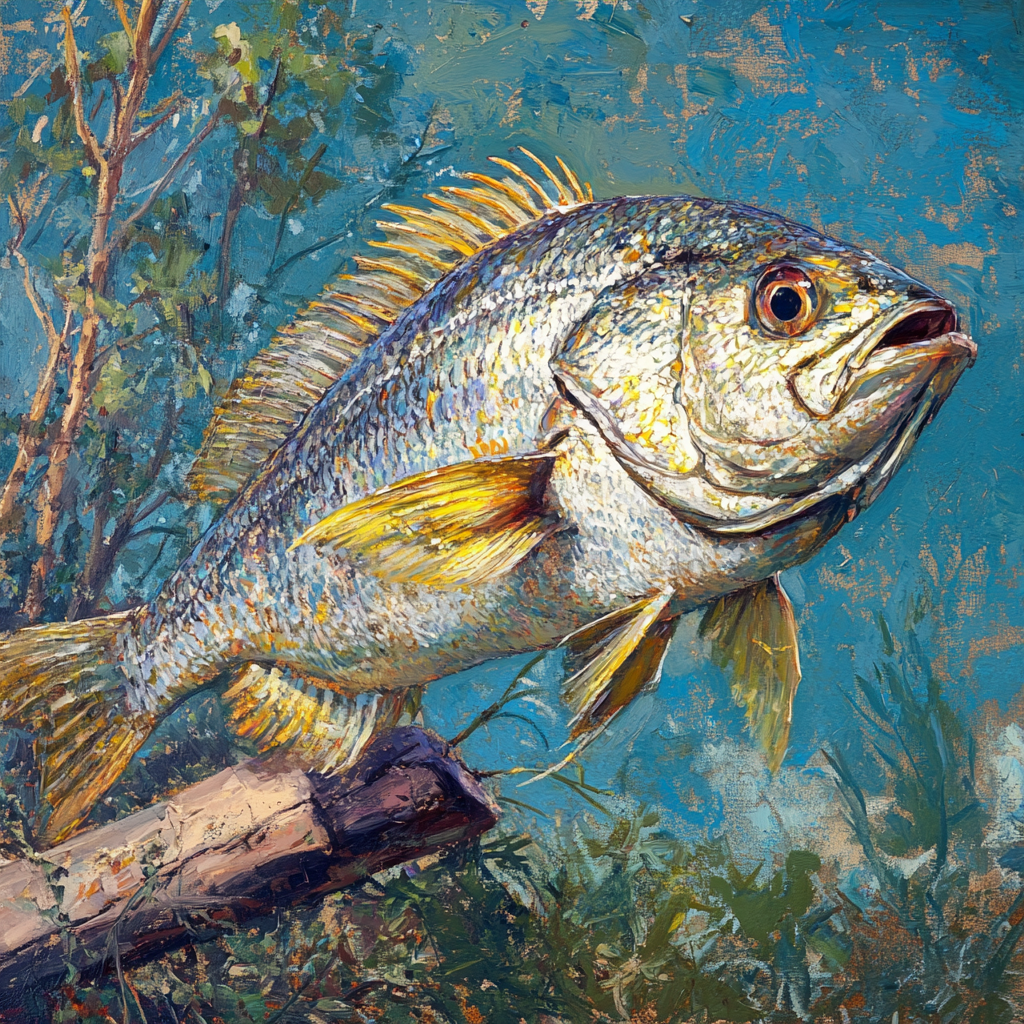
Bream Fishing in Sydney Harbour's Bays: A Comprehensive Guide
🔔 Get the Best Soft Plastics for Bream & Flathead!
Shop our most popular soft plastics today:
✅ Bottom Bug – Realistic Crayfish Lure
✅ Squideez Soft Plastic – Perfect for finesse estuary fishing
✅ Bullet Prawn – Irresistible prawn action for flathead
📦 Fast Aussie Shipping – Order Now!
Fishing the various bays on the city side of Sydney Harbour offers a unique challenge for anglers targeting bream. With an abundance of boat hulls, pontoons, man-made rock walls, and other structures providing shade and cover, these areas are prime locations for bream. However, to be successful in this environment, an angler needs to be strategic, mobile, and precise in their approach. This guide will walk you through the essentials of gear, tactics, and techniques to help you maximize your bream fishing success.
Essential Gear for Urban Bream Fishing
Fishing in Sydney Harbour’s urban bays requires a light and responsive setup. A 6 1/2' to 7 1/2' rod with a soft tip is ideal for working small, light surface lures effectively. The lighter the rod, the better, as you need to control fine movements with ease, especially when targeting bream in tight spots. Pair this with a 1000-3000 size reel, and you’ll have the perfect combination for this style of fishing.
For line, 6 lb braid is the sweet spot, offering excellent casting distance and sensitivity. While some anglers experiment with mono for its floating capabilities, braid’s superior castability makes it a popular choice. To handle the abrasive surfaces around boat hulls and rock walls, a leader of 8lb fluorocarbon is recommended. This setup provides the strength needed to withstand encounters with sharp-toothed fish or abrasive structures without sacrificing stealth.
Fishing Mobility and Casting
When fishing these urban environments staying mobile is crucial. Bream are highly alert and can quickly become wary after a few casts. Therefore, it’s essential to keep moving, constantly casting at new water. On a typical 3-4 hour session, you might walk over 15km, covering a large area with lots of structure. Use tools like Google Earth to scout potential fishing spots with plenty of ground to explore.
Casting accuracy is key when fishing around structure. Bream often hold tight to pontoons, boat hulls, and rock walls, so placing your lure right alongside these structures is vital. If you cast too far from the edge, you might not attract their attention. On the other hand, casting too close or making a mistake with your first cast can spook the fish, ruining your chances at that spot. Practicing your casting accuracy will significantly improve your hookup rate.
Lure Selection and Presentation
Choosing the right lure is critical for targeting bream in these conditions. Surface stickbaits are particularly effective, with their walk-the-dog action that bream find irresistible. The subtle movements of these lures can entice bream to strike, even in deep water. Action of the lure is most important. Look for lures that offer a smooth, snakelike action, which can be more effective on days when a more aggressive splash spooks the fish.
Poppers are another excellent choice, especially on windy days. Unlike other surface lures, poppers don’t require slack in the line to work effectively, making them ideal in rougher conditions. The ability to vary the splash—from a subtle nudge to a larger commotion—can make a big difference in attracting bites. When selecting a popper, the Billabong Bubbler that can be worked with precision.
Billabong Bubblers are a great addition to your lure arsenal, offering a unique action that can be deadly on bream. While the top-tier models can be expensive, there are plenty of more affordable options that perform just as well. The key is to be willing to cast into tight, snag-prone spots where bream are likely hiding.
Lastly, cicada-style lures can be effective when you hear cicadas in the trees, indicating their presence. These lures mimic the natural prey that bream feed on, particularly in saltwater environments where cicadas are less common but still an enticing meal for opportunistic fish.
Understanding Bream Behavior and Fishing Conditions
Bream can be both aggressive and skittish, depending on the conditions and how they perceive their environment. It’s important to remember that bream are sensitive to vibrations and sounds, meaning your footsteps and proximity to the water can spook them easily. Always approach the water quietly and try to stay back from the edge to avoid being seen.
Early morning is often the best time to fish, particularly before the world wakes up and human activity increases. The calm and quiet of the morning allow bream to feed more confidently near the surface. However, don’t be discouraged from fishing at other times—bream are opportunistic feeders, and if your lure looks and moves like food, they’ll take it regardless of the time or weather conditions.
Water temperature plays a significant role in bream activity, with the surface bite being most productive during the warmer months. While bream can be caught on the surface year-round, spring through autumn is when this technique truly shines.
Tips for Success
-
Cast Parallel to Structure: Always aim to cast parallel to structures like pontoons or rock walls, keeping your lure in the strike zone for as long as possible.
-
Don’t Fear Deep Water: Bream will rise from deep water to hit surface lures, so don’t hesitate to cast near structures sitting over 5-6m of water.
-
Stay Stealthy: Avoid standing too close to the water’s edge and make long casts to give your lure the best chance of being hit before the fish detect your presence.
-
Vary Your Retrieve: If a bream follows your lure but doesn’t strike, try changing the retrieve speed or adding subtle twitches. Competition among following fish can sometimes trigger a strike.
-
Be Prepared for By-catch: While targeting bream, you may also encounter larger species like kingfish and tailor. These surprise catches can turn a routine session into an adrenaline-filled experience.
Bream fishing in Sydney Harbour’s bays offers a dynamic and challenging experience for land-based anglers. With the right gear, a mobile approach, and an understanding of bream behavior, you can consistently land quality fish. So, gear up, scout those urban waters, and enjoy the thrill of fishing in one of the world’s most iconic harbours.
🔔 Get the Best Soft Plastics for Bream & Flathead!
Shop our most popular soft plastics today:
✅ Bottom Bug – Realistic Crayfish Lure
✅ Squideez Soft Plastic – Perfect for finesse estuary fishing
✅ Bullet Prawn – Irresistible prawn action for flathead
📦 Fast Aussie Shipping – Order Now!

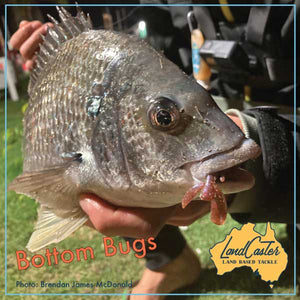
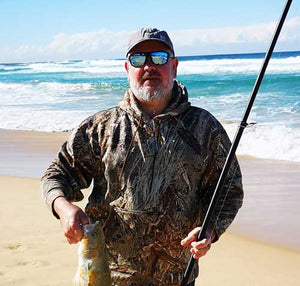
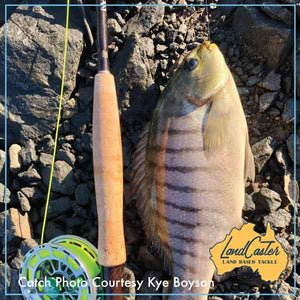
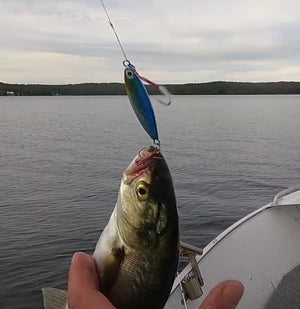
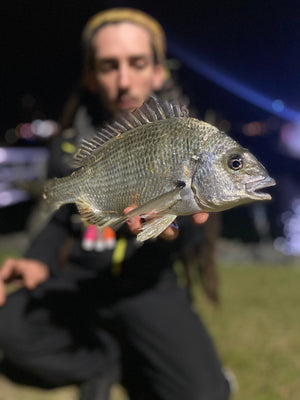
Leave a comment